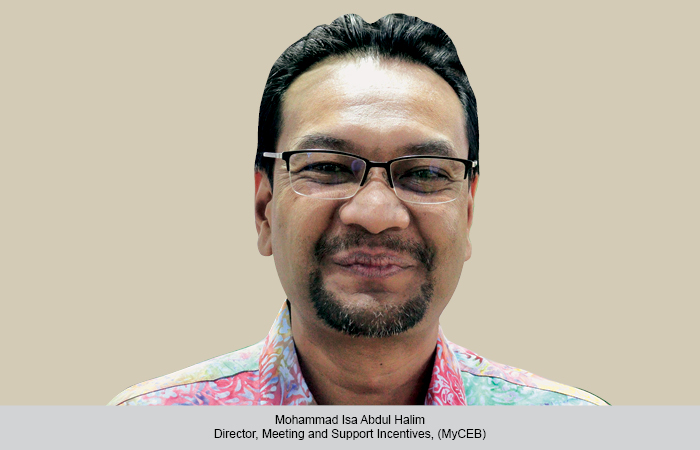Competition among aviation companies, elevated ATF cost and rupee depreciation to maintain turbulence in the aviation industry. However, near-term revenue growth will be supported by passenger traffic growth, which has seen recovery over the last few months.
TT Bureau
The Indian aviation industry is witnessing headwinds from the rising fuel costs, along with the depreciation of the Indian rupee against the US dollar, which has escalated the overall costs for the industry. This apart, the re-launch of Jet Airways and the entry of a low-cost carrier, Akasa Air, is expected to intensify the competition for Indian carriers.
As per a report from ICRA, the near-term revenue growth will be supported by passenger traffic growth, which has witnessed a notable recovery over the last few months with a steady rise in leisure and business travel subsequent to the waning scare of the pandemic; and the commencement of international travel operations for Indian carriers with effect from 27 March 2022. However, profit margins will remain under pressure due to the increase in costs and the limited ability of the airlines to pass on the same to the consumers.
Commenting on the issue, Suprio Banerjee, Vice President & Sector Head, ICRA, said: “The earnings of Indian carriers are expected to have been impacted in Q1 FY2023 owing to an unfavourable cost environment and limited flexibility to pass on the cost increases. The average domestic aviation turbine fuel (ATF) price increased by 68 per cent YTD to `124,391 per kilo litre in FY2023 compared to an average of `74,171 per kilo litre in FY2022 due to the ongoing geo-political issues. “This apart, on a YoY basis, the INR depreciated against the USD by a steep 5.2 per cent in YTD FY2023. Since 35–50 per cent of the airlines’ operating expenses, including operating lease payments, fuel expenses, and a significant portion of aircraft and engine maintenance expenses, are denominated in USD, it has further pressured the earnings for the industry.
“This aside, some airlines also have foreign currency debt. Despite the significant improvement in passenger traffic, the revenue per available seat kilometre–cost per available seat kilometre (RASK-CASK) spread for the Indian carriers in H1 FY2023 is expected to be unfavourable, owing to the significant surge in costs and the limited ability of the airlines to pass on the same to the customers.”
The impact of the increase in ATF prices on the industry’s operating profit margins (OPM) depends on the industry’s
ability to pass on the same to the customers.
As per ICRA analysis, if the fuel cost increases by 30 per cent from FY2022 levels and the industry can pass on only 10 per cent of the increase by way of a rise in fares, the industry’s OPM will moderate by a whopping 10 per cent. ICRA believes that the domestic yields have increased by 25–30 per cent over pre-COVID levels. The cost headwinds will result in an increase in air fares. However, it will be limited by the intense competition and endeavour of airlines to maintain and/or expand their market shares.
 TravTalk India Online Magazine
TravTalk India Online Magazine




